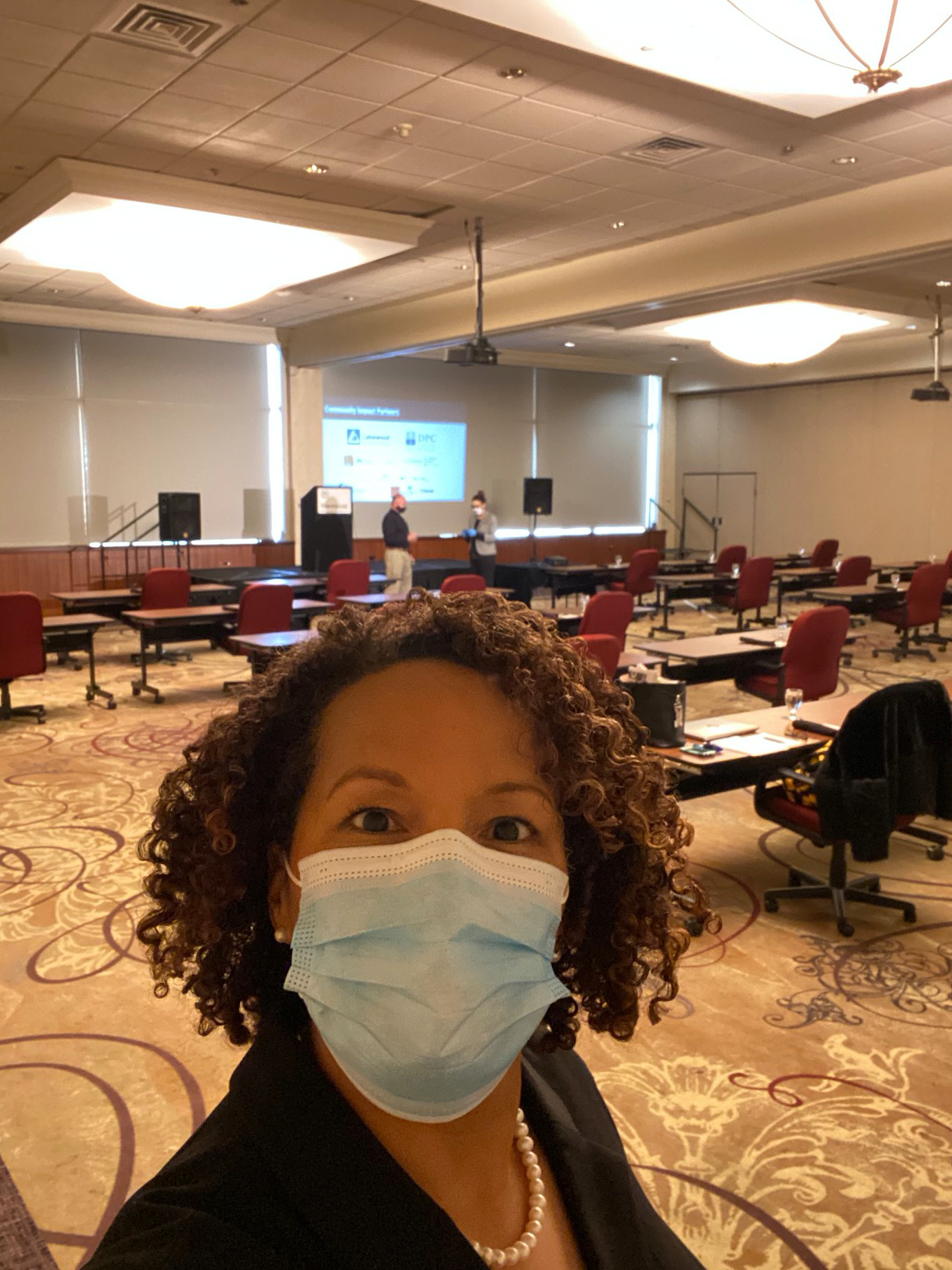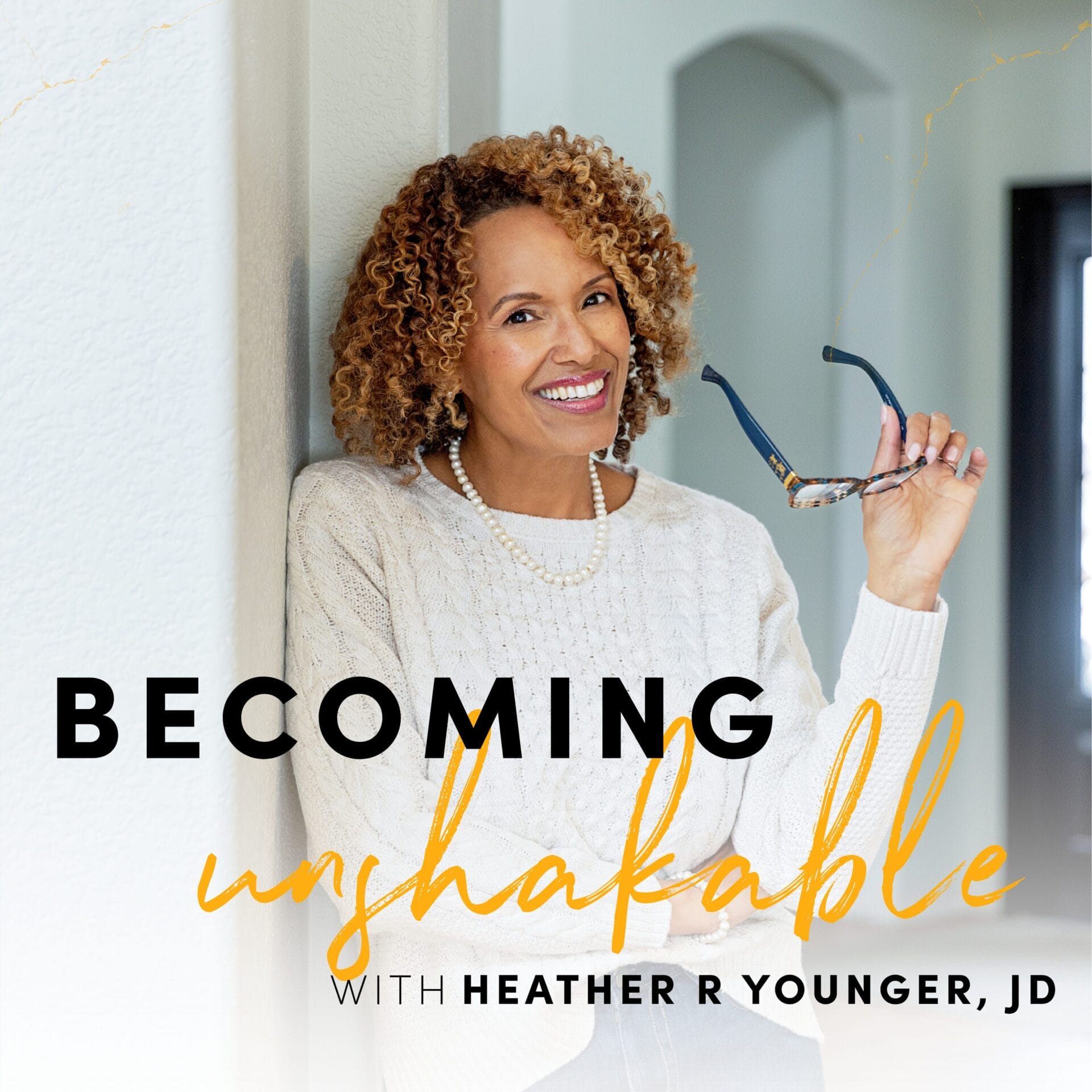A couple of months ago, I hosted my first hybrid keynote event since the COVID-19 pandemic began. A portion of the audience was in the conference hall with me, wearing masks and strictly adhering to social distancing guidelines. The rest of the audience attended virtually, watching and participating via teleconference technology.
In all honesty, it was absolutely delightful to hold a hybrid event. It felt so natural to return to the stage and be in community with an audience. After so many months in quarantine, it felt healing. I enjoyed being in proximity with other like-minded people, and seeing their eyes light up above their masks.
Of course I’ve felt at home speaking on stage for years, and over the past few months I’ve gotten used to speaking only to a camera or computer. But I’ve never had to bring those two formats into the same space and balance them simultaneously. In my keynotes, I lead with a very interactive and engaging speaking style. At times I ask the audience to answer questions, raise a hand, or stand in response to a prompt. In the wake of recent events, I’ve had to adapt my style to the digital realm, and find new ways of maintaining audience engagement. My first hybrid event was the ultimate test to see if I could synthesize my past experiences, and tailor my voice to a changing way of work, while staying true to my approach.
Though bouncing between the in-person and virtual audience was a challenge at first, I had to be comfortable rolling with whatever punches life threw at me. Caring leaders must do this too, by modifying their leadership approach to best fit whichever circumstances they find themselves in.
My goal as a speaker is always to engage audiences and make them feel included, and this hybrid event was no different. Even from behind a mask, I still maintained eye contact and showed signs of active listening. I also had a colleague keeping tabs on the online chat, so she could give me real-time feedback and questions as they came in. I integrated all this information into my presentation right then and there, and let it guide my approach. In this sense, I symbolically brought my digital audience into the room, and made them feel part of the larger group. From the rave reviews in the chat, I could tell this gesture meant a lot to those who weren’t able to attend in person.
I talk a big game about engagement and inclusion, but I back it up by aligning my voice with those values in every aspect of my life. The same approach I use to make others feel welcome in my presence is the same strategy I use as a speaker, manager, friend, and even as a mother. By asking questions, allowing participation, and making my presentations accessible for all individuals, I’m always seeking innovative ways to host a space for others and show them that their voice is as important as mine.
Caring leaders should open a dialogue that allows everyone to operate within a space that welcomes both their strengths and weaknesses. As we navigate this new normal, we must customize our methods to meet our people where they are—whether that’s behind a mask or behind a screen.







